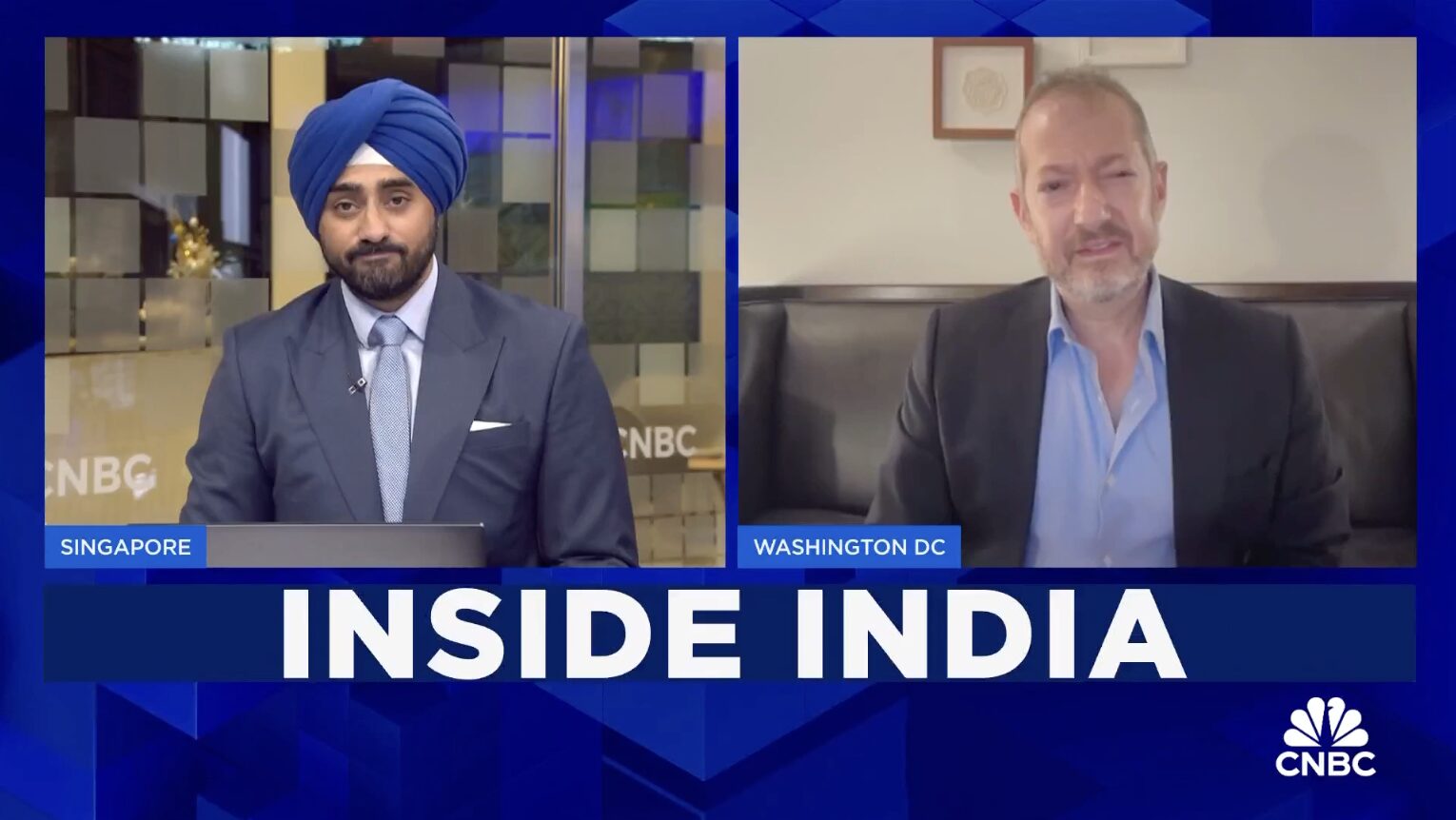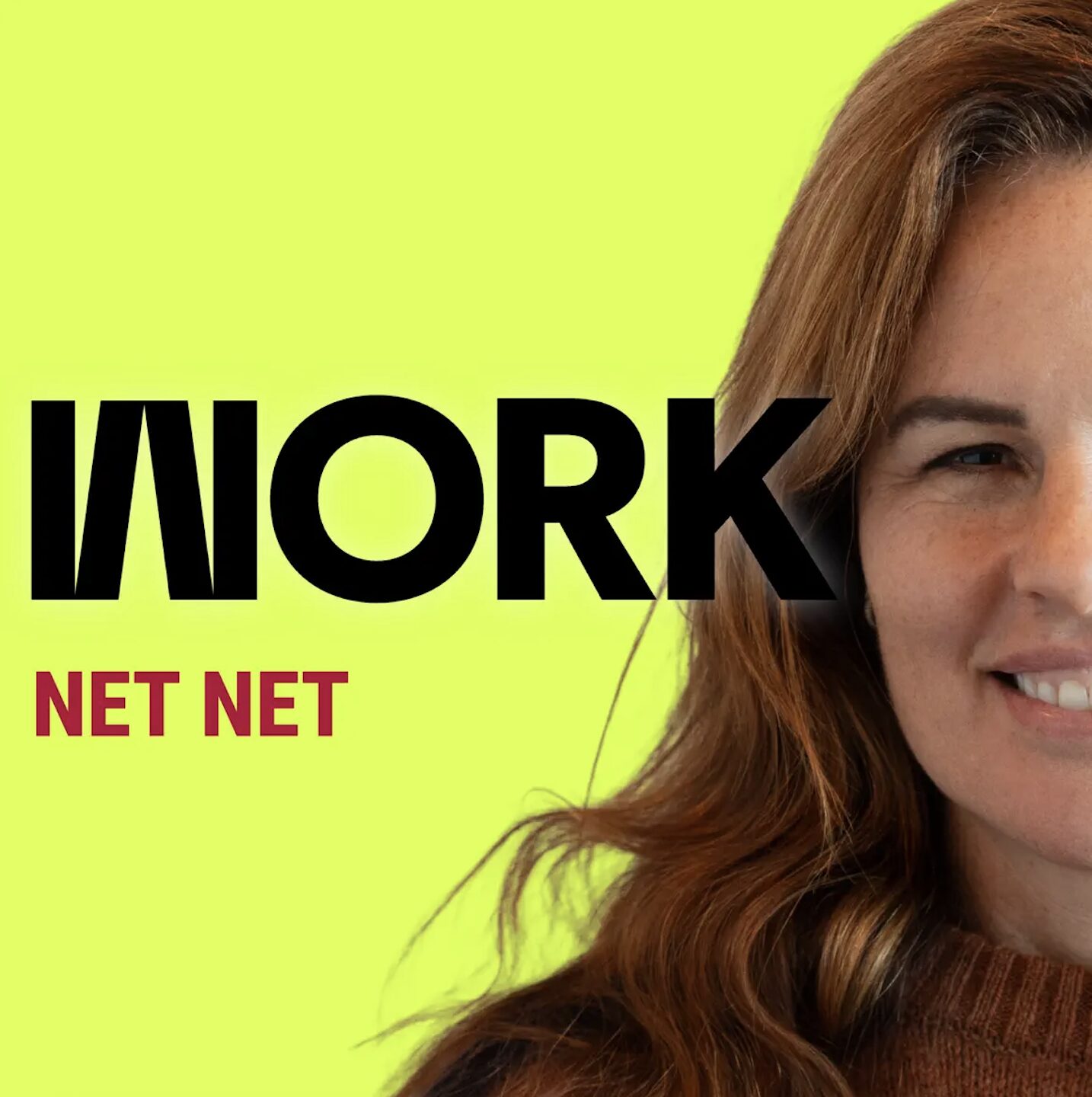The following is a transcript of an interview with Dr. Scott Gottlieb that aired on Sunday, August 8, 2021, on “Face the Nation.” See source for video.
JOHN DICKERSON: We go now to former FDA commissioner Dr. Scott Gottlieb, who is on the board of Pfizer and is the author of an upcoming book, Uncontrolled Spread: Why COVID-19 Crushed Us and How We Can Defeat the Next Pandemic. Good morning, Dr. Gottlieb. I want to start with a Harris poll. It showed that for the first time in two months, Americans think that the pandemic is getting worse rather than getting better. What do you think?
DOCTOR SCOTT GOTTLIEB: Well, look it’s certainly getting worse. I think you’re going to start to see improvements, particularly in the South. There is evidence that the rate of growth in the cases in the South is starting to decline. I think that this week you may see some of the states that have been the outbreak states start to tip over in terms of showing less cases on a daily basis. The rate of expansion, the epidemic is clearly slowing in states like Florida, Louisiana, Arkansas, Missouri. But at the same time, we now see the virus spreading to northern states. So cases are building in states like Illinois, Indiana, North Carolina. So this is an epidemic that’s going to sweep across the nation at different points in time. I think the northern states are more impervious to the kind of spread we saw in the South, but they’re not completely impervious. They have higher vaccination rates, there’s been more prior infection. But there’s still people who are vulnerable in those states. And the challenge right now is that the infection is going to start to collide with the opening of school. And we have seen that the schools can become sources of community transmission when you’re dealing with more transmissible strains. We saw that with B.1.1.7 in states like Michigan and Massachusetts and Delta is far more transmissible and B.1.1.7. So that creates a lot of risk that the spread in the northern states is going to start to collide with the opening of school.
JOHN DICKERSON: So let’s update our thinking here about schools. Your argument is you saw it before even you saw a spread in schools. Now there’s a more transmissible variant, so you’re likely to see more. But Governor DeSantis in Florida said that schools were, quote, a low-risk environment, unquote. Is that wrong?
DR. GOTTLIEB: We’ll, look, schools aren’t inherently safe. They can be made more safe if you take the proper steps, but we can’t expect the same outcome that we saw earlier with respect to the schools where we were largely able to control large outbreaks in the schools with a different set of behaviors. If we’re going to change what we do in terms of the mitigation in how we approach the schools, we’re going to withdraw masks. We’re not going to engage in testing. We’re not going to be pod-ing students. We’re not going to try to de-densify classes. We can expect a different result, especially with a more transmissible strain. I would enter the school year with a degree of caution and keep in place some of these measures and see how it goes, particularly in areas where there’s higher prevalence. I wouldn’t be withdrawing these things as a priori before the school year gets underway, given the fact that we’re dealing with a strain that we don’t fully understand. This strain is clearly more transmissible. It’s going to be harder to control in a school setting, and it may be more pathogenic. Kids are getting sick with it. We don’t know if they’re getting sick at a higher rate or we’re just infecting a whole lot of kids right now. I can’t think of a business right now that would put 30 unvaccinated people in a confined space without masks and keep them there for the whole day. No business would do that responsibly. And yet that’s what we’re going to be doing in some schools. So I think we need to enter the school year with a degree of humility and prudence
JOHN DICKERSON: In the- in keeping that in mind, that humility and prudence, we’ve talked a great deal about masks. What else should schools be doing to stay on top of this new variant in this time when kids are coming back?
DR. GOTTLIEB: Well, with respect to masks, first of all, I’d still be looking at higher quality masks. The Utah governor recently announced that he’s making available to every school KN95 masks. Now, they’re not mandating masks in Utah. And I think most governors will not be mandating masks, but they’re leaving discretion to local officials to implement masks depending on what the local circumstances are. And I think that that’s the prudent step that we should be doing. The other thing schools should be doing is operationalizing testing on a regular basis. There’s a lot of money, federal money that’s been flowing into states to support testing regimes. Now, a lot of states have had a hard time standing that up, but some have done it quite well. California is going to be testing all students there. They’ve created their own lab. North Carolina, Maryland, Massachusetts have turned to private labs. The Broad is doing a lot of testing for New England states. In New York City, they’re doing saliva testing on all students with the help of Mt. Sinai University Medical Center that I’m affiliated with. So a lot of states are going to be doing testing, but there’s still a lot of states that won’t be. And I think that that’s a very prudent step. The other thing that’s very important is- is pod-ing, keeping kids in defined social pods so that if you do have a case, you don’t have to quarantine the entire school. You can track exposure. Right now, the former surgeon general, my friend Jerome Adams, pointed out that many schools require parents to report that the kids have lice but don’t require to report if the kids contract COVID. We need to turn that around. We need to still be vigilant heading into the school year. And I think from a standpoint of parents, what they can be doing is checking local prevalence, trying to get high quality masks, if prevalence is high, you know, sending kids to school with masks, even if it’s not required and monitoring symptoms and maybe doing home testing as well and avoiding unnecessary congregate settings. So if you can avoid activities after school activities that are done indoors without masks for the time being, try to do that. This is going to be a short-lived wave of infection. It might be our last wave of infection. We have the means to protect ourselves. I think we ought to adhere to them.
JOHN DICKERSON: Let me ask you now for parents who are considering getting their kids vaccinated. So those would be over 12 years old, a lot of parents have expressed nervousness in this regard. What would your advice be to a parent who is weighing that decision about getting their-their child vaccinated?
DR.GOTTLIEB: Well talk to a pediatrician. Vaccination rates are still low among kids in the 12 to 15 age group- about 30% of children have been vaccinated. In the 16 to 17 age group, about 40%. Now is the time if you’re going to vaccinate your child in advance of the school year, to do it. I think for most parents, you should talk to your doctor, because this isn’t just a binary decision between do I vaccinate or don’t I vaccinate? There’s different strategies that doctors might recommend for different children in terms of how you vaccinate kids. Some doctors I know are telling parents, maybe go with one dose for now. In lower risk kids some doctors are spacing it apart. So pediatricians are making judgment calls in terms of how they approach this. So I think parents who are uncomfortable or reluctant to get their children vaccinated really should afford themselves the opportunity to talk to a physician and see if there’s a way to tailor an approach that can address any concerns that they may have.
JOHN DICKERSON: The FDA is now or the administration is now moving to your position on boosters, which is that it should be- there should be boosters for the immunocompromised. We also think about nursing homes in this context. Can you tell us, given that they’re going to be boosters coming, are they going to come in time for Delta? What’s your sense of when somebody who needs a booster might be able to actually get it?
DR. GOTTLIEB: Yes, so the reporting is that the FDA is going to make a decision on immunocompromised patients within a week and maybe make a decision on older patients, patients over the age of 65, maybe as early as September. I think, unfortunately, it’s going to come a little bit too late for this Delta wave, because by the time you actually make that decision, then CDC issues a recommendation, then you start operationalizing a booster campaign, you’re talking about maybe late October at the earliest if the decision comes in September, that you can start really getting a sizable number of people boosted. It takes time to get that stood up and get people into the doctor’s office to get those injections. And it’s going to take a couple of weeks for the immunity that the booster is offered to mature. So that’s something that we should be considering, I think, right now, particularly with immunocompromised patients, not just people with pre-existing health conditions, but also people in congregate settings like nursing homes, long-term care facilities who are vulnerable.
JOHN DICKERSON: All right, Dr. Gottlieb, thank you as always. We’ll be back in a moment.






